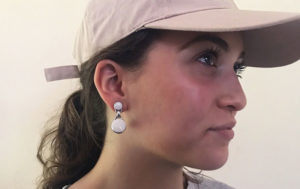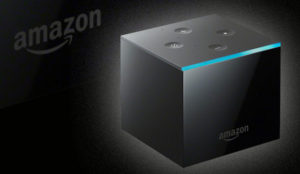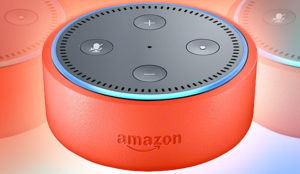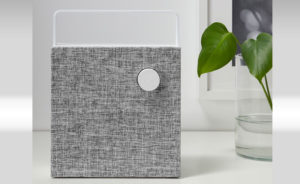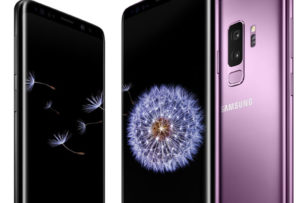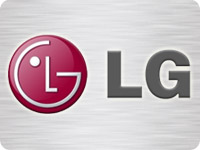
LG Electronics on Monday unveiled a light bulb designed to illuminate consumers lives in a more intelligent way.
The Smart Lamp, which can be controlled by an iOS or Android device over Bluetooth or WiFi, debuted in LG’s home market of South Korea.

The 10W LED bulb is 80 percent more energy-efficient than other incandescent bulbs, LG claimed, and will last for up to 10 years when used for around five hours per day.
Mood Lighting
Users can alter the lighting in their homes according to a range of preferences — for instance, to match the mood and beat of the music they are listening to. Consumers can set the bulbs to turn on and off at certain times when they are not at home to keep potential burglars at bay. They can turn the bulbs into an alert system for incoming phone calls or program them to operate as an alarm clock.
The LG Smart Lamp works with Android version 4.3 and higher or iOS version 6.0 and up.
The Smart Lamp follows on the heels of Philips’ own smart lighting system, Hue, released last year. Users of those bulbs can choose from millions of colors and brightness intensities to light their spaces. While that system requires a ZigBee base station to operate, which may complicate matters for those who seek simplicity, the networked bulbs may offer a more integrated, complete experience throughout the home than the Smart Lamp.
“The Philips lights talk to each other and connect through a bridge so you can do more things with them and more things will connect to them. A starter Philips kit is around (US)$200 for three lights,” said Rob Enderle, principal analyst at the Enderle Group.
“I’d expect the single color LG lights to be brighter,” he told TechNewsWorld.
Korea Debut
The Smart Lamp is retailing at 35,000 won (US$30). It is not yet clear whether the Smart Lamp is coming to the U.S.
“While they may seem rather gimmicky, there are practical applications for these products, such as security, phone or message alert notifications, and they can and will be utilized by other applications eventually,” Jim McGregor, principal analyst at Tirias Research, told TechNewsWorld.
“I don’t expect adoption to meet that of the smartphone or for them to be used as the primary light source throughout a typical home or office, [but] I do see strong potential for smart lights. It’s just a matter of the applications and getting consumers accustomed to the technology,” he said.
“Smart lighting capability combined with LEDs offer consumers a wide range of flexibility and control that I believe consumers will find appealing,” McGregor continued. “As the market shifts to LED lighting, this is a practical place to integrate [Internet of Things] functionality.”
‘Smart Bulbs Will Evolve’
“I think we’re just at the precipice of seeing what smart light bulbs can do in terms of features, functions and different wattages,” Laura DiDio, principal analyst at ITIC, told TechNewsWorld.
“Smart light bulbs will evolve. They offer a slew of features which will enable consumers and corporations to turn the light on at specified times or intervals when you’re out of the house or on vacation to deter burglars. Smart bulbs and lamps may also have the ability to be linked to your alarm clock, cellphones and other consumer devices,” she noted.
Despite the potential attributes of the Smart Lamp system, it could be that the bulbs will overly complicate otherwise straightforward tasks.
“On an elemental level, this is the equivalent of adding a remote control to your home or office lighting,” Charles King, principal analyst at Pund-IT, told TechNewsWorld.
“That can be useful for some situations — just as using a remote is for TVs and audio systems — but it also adds layers of complexity to essentially simple tasks,” he observed.
“It seems to be more of a hobbyist product as this point,” King added.
“The fact is that LED bulbs are still in the early adopter phase, much as compact fluorescent bulbs were a couple of decades ago when you were paying a significant premium for the technology itself,” he pointed out.
“Vendors might argue that smart consumers will pay an additional fee for valuable complementary features like light adjustment and programmability,” said King, “but I believe it’ll be a while before we can determine just how bright the future will be for smart light bulbs.”



